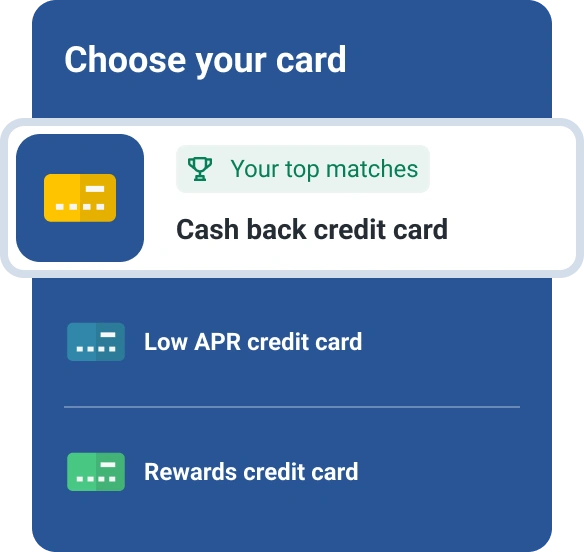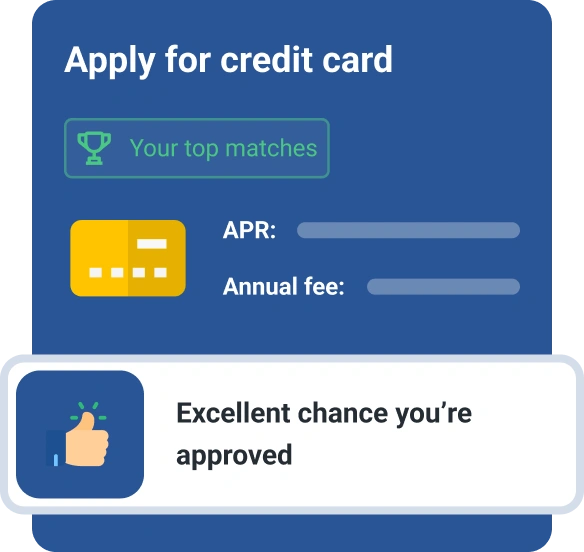7 Credit Card Tips You Should Know
Quick Answer
Here are seven credit card tips you should know:

Credit cards can offer more convenience, security and benefits than other payment options, and they also offer the opportunity to build up a history of responsible credit usage. But if you don't use your credit card with a strategy, you could put your finances at risk and end up canceling any benefits.
Fortunately, knowing how to use your card well can help you steer clear of pitfalls. Read on for seven credit card tips that can help you take advantage of the perks available to you while avoiding interest, fees and damage to your credit.
1. Pay Off Your Entire Balance Each Month
It's best to use your credit card only to make purchases you can afford to pay off before they begin accruing interest. Paying only the minimum can mean spending substantial amounts in interest over time, but paying off your balance can help you get the benefits of a credit card without the extra cost.
To avoid interest, be sure you're using your credit card alongside a budget, and then prioritize paying off your balance in full before the end of your grace period each billing cycle. For example, you could pay off your full statement balance each month or pay off your credit balance each week or every pay period.
Learn more: How Does Credit Card Interest Work?
2. Don't Max Out Your Card
Carrying a high balance on your credit card makes you look risky to lenders, and can damage your credit score. That could make it more difficult to qualify for good credit offers down the line.
Credit utilization, or the amount of available credit you're using relative to your credit limit, is one of the most important factors in your credit scores. You can calculate your credit utilization rate by dividing all of your outstanding credit card balances by your total available credit and multiplying by 100 to get a percentage.
For example, if you have a credit limit of $2,000 and a balance of $500, your credit utilization is 25%. Credit scoring models factor in your credit utilization for each credit card and across all your cards. It's important to keep your credit card utilization below 30%, but the lower, the better.
Learn more: What Affects Your Credit Scores?
3. Sign Up for Autopay
Always prioritize paying at least the minimum due on time each month. Missing your payment's due date by even a couple of days can mean paying late fees. Even more important, however, is the long-term damage a payment missed by 30 days or more can do to your credit scores. A late payment will remain on your credit report for seven years.
Signing up for autopay can help you ensure that you always pay on time. Just be sure that you also budget for payments to avoid overdrawing your bank account.
Also, if you ever find yourself in hard financial times, contact your issuer right away to let them know you're struggling to afford payments. They may be willing to offer you a hardship plan, which could help you avoid damaging late payments.
Learn more: How Does Credit Card Autopay Work?
4. Use a Rewards Credit Card
A rewards credit card lets you earn cash back, points or miles on eligible purchases. That can help you benefit more from the spending that you already do. To get the most out of your rewards card, pick one that offers generous rewards in the categories you already tend to spend the most in, such as travel, dining, entertainment or groceries.
Some people like to diversify credit card rewards by using multiple rewards cards that reward different types of spending. For example, you could opt for a credit card with a general spending rewards rate of 1% to 2% cash back, then apply for a second card with a more generous rewards rate in a favorite category, such as restaurants and dining.
Just be aware that managing multiple credit cards comes with more work and more risk of overspending. Be sure you're ready for the responsibility before you decide to apply.
5. Set Up Spending Alerts
Using a credit card can feel a lot like paying with a debit card, but in fact you're actually taking on a small loan each time you swipe—which makes it even more crucial to avoid overspending. Setting transaction notifications, in addition to checking your balance before you shop, can help you cut back your spending and avoid going over budget.
Learn more: How to Budget Using a Credit Card
6. Save Money With Introductory 0% APR Offers
If you're shouldering a credit card balance that you can't pay down right away, the money you're paying in interest can make getting back on track even trickier. A balance transfer card with a 0% introductory annual percentage rate (APR) can help you save money while you pay down the debt.
Just be sure to commit to paying down your balance before the introductory APR period ends to avoid high interest charges, and avoid racking up any more debt in the meantime.
Learn more: How Do Intro 0% APR Credit Cards Work?
7. Read the Fine Print
Beyond rewards and other perks, your credit card may offer some benefits you can find in your cardmember agreement. Here are some cardholder benefits to look for:
- Fraud protection: Federal law requires that credit card issuers limit your liability for fraudulent charges to no more than $50. But many credit cards offer zero liability fraud protection, meaning you may not be on the hook for anything as long as you report the fraud within the required window of time.
- Extended warranties: Your credit card may offer extended warranties on certain eligible purchases made with the card. For example, if you buy a new appliance with a manufacturer warranty, your credit card might extend the warranty by up to a year.
- Travel insurance: Your credit card may offer complimentary travel insurance, which reimburses you for covered expenses if your trip is canceled or delayed due to circumstances outside of your control. Be sure to look closely at policy restrictions to understand exactly what is and isn't covered.
- Rental car insurance: Opting for coverage when you rent a car can seriously eat into your budget, but you may not have to pay for supplementary car insurance. Check to see if your credit card offers secondary car insurance as a cardholder benefit. If it does, be sure to use the card to pay for your rental to get the benefit.
- No foreign transaction fees: Many credit cards waive foreign transaction fees, which can help you save while traveling abroad. This perk is especially common among travel credit cards.
Monitor Your Credit
Manage your credit card with care to maximize your benefits, build your score and avoid debt. In addition to optimizing your credit card use, monitor your credit report to see how your credit habits are impacting your score. Experian's free credit monitoring keeps you in the know about any changes to your report, giving you insight into how your balance, payment history, credit limit and other factors impact your score in real time.
Don’t apply blindly
Apply for credit cards confidently with personalized offers based on your credit profile. Get started with your FICO® Score for free.
See your offersAbout the author
Evelyn Waugh is a personal finance writer covering credit, budgeting, saving and debt at Experian. She has reported on finance, real estate and consumer trends for a range of online and print publications.
Read more from Evelyn

